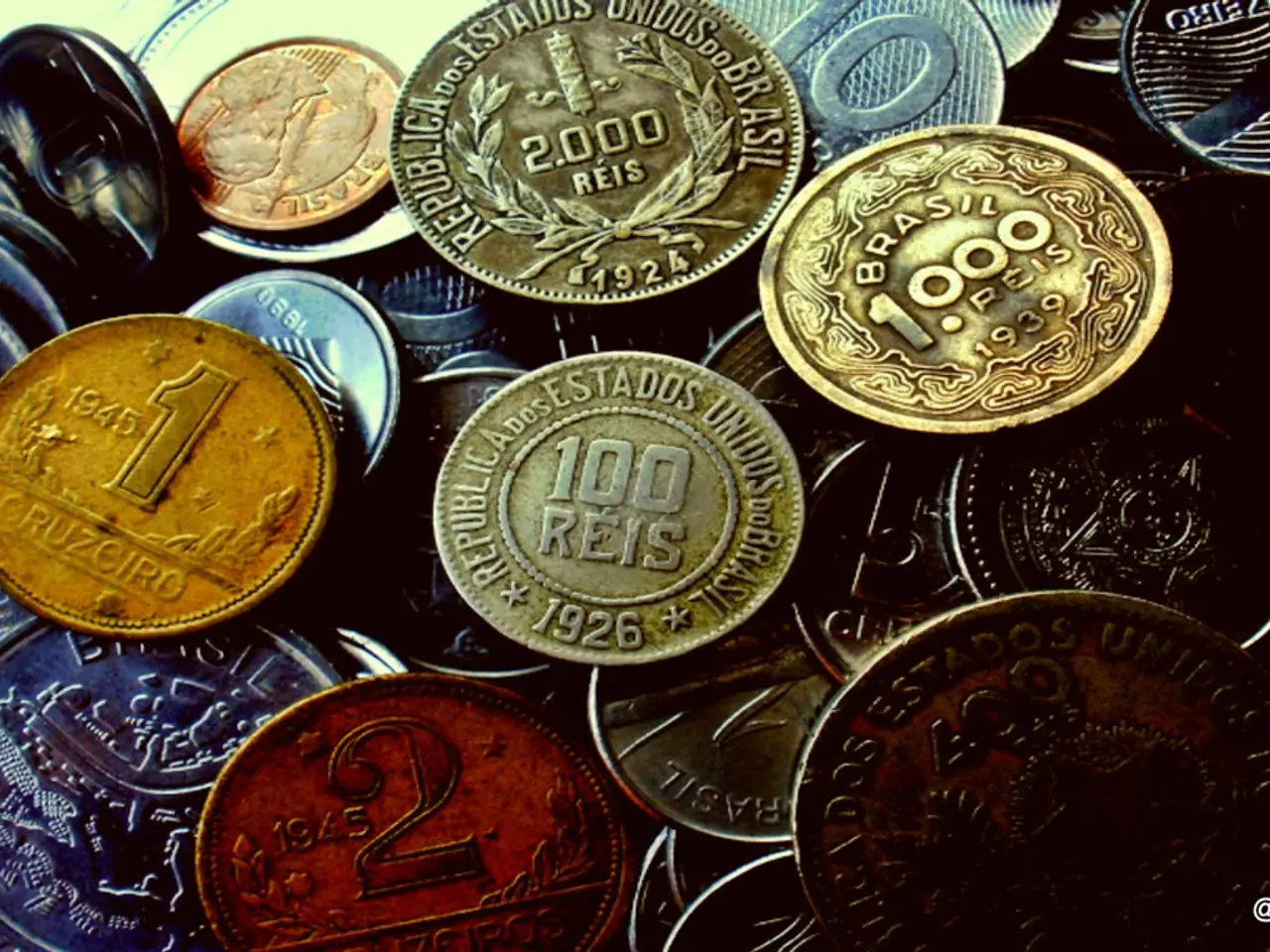Exploring Alternative Cryptocurrencies: Categorization, Perks, and Market Prospects
In the ever-evolving world of cryptocurrencies, two terms that have gained significant attention are Bitcoin and altcoins. While Bitcoin, the original cryptocurrency, has remained the market leader, altcoins have emerged as a diverse and dynamic segment of the cryptocurrency market.
Bitcoin, designed primarily as a decentralized digital currency and store of value, emphasizes security, decentralization, and a peer-to-peer payment system. On the other hand, altcoins, all cryptocurrencies other than Bitcoin (and sometimes Ethereum), often aim to extend Bitcoin’s capabilities by providing faster transactions, lower fees, smart contracts, and access to decentralized finance (DeFi) applications.
One key difference lies in the technology used. Bitcoin operates on the original blockchain with a Proof-of-Work consensus mechanism, while altcoins often use more advanced technology and alternative consensus mechanisms, targeting specific use cases or industry challenges.
When it comes to market position, Bitcoin is the market leader with relatively established value, while altcoins usually have higher volatility but potentially greater returns, reflecting higher risk and reward. The use cases for altcoins are varied, ranging from DeFi, NFTs, ecosystem tokens, to memecoins like Dogecoin.
Despite these differences, both Bitcoin and altcoins share some similarities. They both operate as cryptocurrencies on blockchain technology and are subject to price volatility and market risks. They can serve as means of payment, stores of value, or as collateral within their ecosystems. Moreover, both contribute to the overall cryptocurrency market, and investor portfolios often include a combination of Bitcoin and altcoins for diversification.
Recent market trends show that altcoins are increasingly decoupling from Bitcoin’s price movements, sometimes outperforming Bitcoin as investors shift capital towards high-growth projects, signaling a diversification of the crypto market landscape.
Notable stablecoins include Tether’s USDT, MakerDAO’s DAI, and the USD Coin (USDC). The future of altcoins might coalesce around a few altcoins—those with strong utility, use cases, and a solid blockchain purpose—which will dominate the markets. However, it is likely that most of the thousands of altcoins listed in crypto markets will not survive.
In summary, understanding the differences and similarities between Bitcoin and altcoins is essential for investors considering risk tolerance and objectives when choosing between these two significant players in the cryptocurrency market.
- The decentralized nature of cryptocurrencies has given birth to a variety of digital assets, with Bitcoin and altcoins holding significant positions.
- Altcoins, different from Bitcoin, often leverage advanced technology and alternative consensus mechanisms, seeking to address specific use cases or industry challenges.
- Bitcoin, as a store of value, maintains a peer-to-peer payment system and emphasizes security and decentralization, contrasting with the versatile capabilities offered by altcoins.
- Market cap, volatility, and risk are defining factors distinguishing Bitcoin, the market leader, from altcoins, which may provide higher returns but come with a higher risk profile.
- Investors, when diversifying their portfolios, often combine Bitcoin and altcoins, considering their potential as means of payment, stores of value, or collateral within their respective ecosystems.
- DeFi applications, NFTs, ecosystem tokens, and memecoins like Dogecoin represent the diverse use cases for altcoins in the cryptocurrency market.
- Stablecoins, such as Tether's USDT, MakerDAO's DAI, and USD Coin (USDC), provide a level of stability in an otherwise volatile market, acting as an essential component within the crypto landscape.
- The future of altcoins may revolve around a select few that demonstrate strong utility, use cases, and purpose, dominating the markets while many others may fall by the wayside.
- Decoupling from Bitcoin's price movements and outperforming Bitcoin in certain instances signals the emergence of a more diverse and independent crypto market.
- Governance tokens, DAOs, and crypto wallets play crucial roles in the democratization of decision-making within both Bitcoin and altcoin communities, fostering a further decentralization of the finance sector.
- Investing in cryptocurrencies requires a thorough understanding of the underlying technology, market trends, and the comparative strengths and weaknesses of Bitcoin and altcoins to make informed decisions that align with individual risk tolerances and investment objective.




